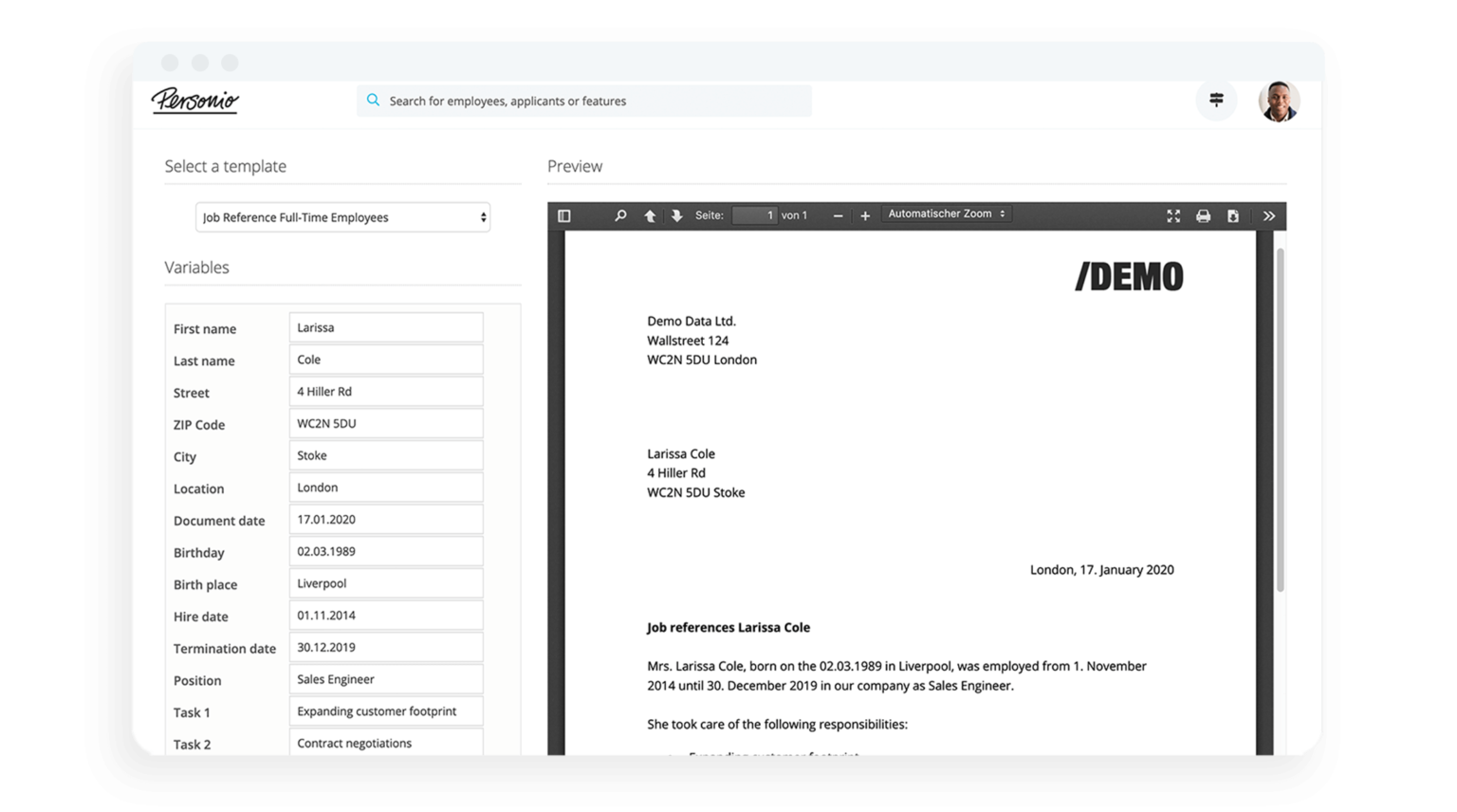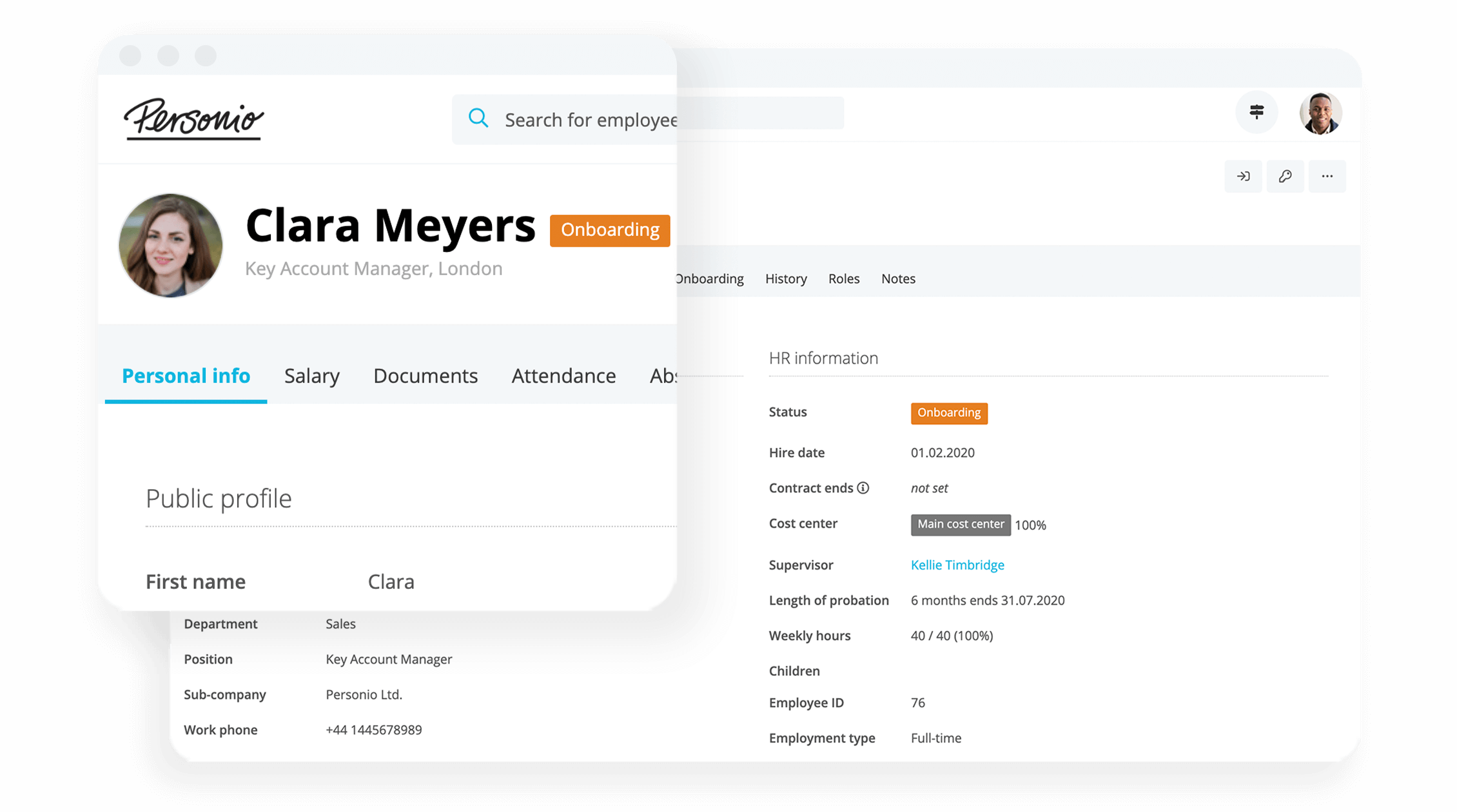
People Strategy Guidebook
A free guide to help power your next great people strategy.
Download our guide to developing your organization’s own people strategy today.Latest Blog Posts
How Do You Write An Employee Handbook?

In this article, we’ll cover all things related to employee handbooks: what they are, what’s included and how to properly write one. We’ve also collected some of our favourite employee handbook examples so you can see some in action.
Key Facts
An employee handbook serves as a guide for employees at an organisation.
A handbook covers topics like workplace policies, benefits and rewards and more.
Employee handbooks are not required by law in the UK, but they’re helpful to have.
What Is an Employee Handbook?
An employee handbook, also known as a staff handbook or company policy manual, is a guidebook that informs employees about organisational practices, policies and expectations. Essentially, it’s an HR manual that employees can refer to when they have questions about benefits, holidays, company culture and more.
You don’t legally need an employee handbook in the UK, but it often covers essential legal elements like health and safety, an equal opportunities policy, parental leave, absence management and disciplinary procedures.
How To Write an Employee Handbook
Below are some basic tips for writing an employee handbook:
Use Straightforward Language
Keep your sentences short and to the point. When writing anything informative, strive for clarity to avoid misinterpretation. For example, state your attendance policy as straightforwardly as possible. Therefore, employees will have a point of reference – and you will, too – if attendance ever becomes an issue.
The same goes for corporate jargon. Keep your language to the point and professional but also accessible.
This is especially important when speaking in legalese for company policies. While you may need to phrase some things in a certain way, be sure to explain any uncommon terms so your message remains crystal clear.
Arrange Information Effectively
Once you know the information you want to include (we’ll cover the basic sections below), arrange them in a logical order. Don’t bounce around between topics.
Proofread With a Professional
As with any writing, you’re likely to have a few rounds of revisions before getting to the final draft of your employee handbook. When the guide is in a good place, it can be helpful to have other people take a look at it. You can involve another HR professional on your team, a legal advisor or a proofreader, to name a few.
Opt for a Digital Copy
Once you’re done writing your employee handbook, consider making a digital version. A digital copy of your handbook is a great option for accessibility.
People can view the staff handbook anywhere at any time. They won’t have to keep track of a hard copy, and it’s easier to include visuals and dynamic transitions if you opt for a slideshow approach.
This is also optimal if you present the handbook during your onboarding process. Plus, updates to the handbook are seamless, as you won’t need to print new copies with each edit, and you have full control over which version employees see.
Store & Share Your Staff Handbook Template

Personio’s Templates function allows you to choose from a range of HR-related document templates. Start a free trial today to see it in action for your team.
Start A Trial NowWhat Should an Employee Handbook Include?
There are several sections you should include in your staff handbook to give employees and new hires an idea of how your organisation works.
Below, we’ll cover the common sections and what to include in them…
1. Information About the Company
Start with an introduction to your organisation. This can include your mission statement and a history of the business. It may also include pictures of the executives of the company so employees know what they look like.
2. Employment Essentials
This section is all about the must-have information for being an employee at your organisation. Attendance rules, work from home policies, benefits details and other formal procedures are among the essential components of an employee handbook. Employees can refer to this section when simple questions arise, freeing up HR’s time while providing an easy way for staff to get the answers they need quickly.
3. Company Culture
This section is more aspirational than practical. It highlights the values of your company and the vision statement that explains the company’s direction going forward. It might discuss annual holiday parties or company-wide events and trips. It could include pictures from previous outings. Plus, it could mention the different ways the company gives back to the community and that it encourages employees to do the same.
4. Workplace Policies
This is the legal portion of the employee handbook that covers government legislation and employee entitlements covered under said guidance. This includes health and safety, confidentiality, data protection and harassment or violence in the workplace.
For health and safety, it should let employees know where to find emergency exits and procedures in the event of an emergency. For organisations with more than five employees, you’re required by law to have a health and safety policy. This is a good place to remind people of that policy and explain it in detail.
5. Code of Conduct
In the “code of conduct” section, you can include information about dress codes, the use of devices (e.g. can employees use their mobile phones, or will they be provided with one?) and any potential conflicts of interest with other companies and how to deal with them.
Plus, you can include rules about visitors on site (especially if you have confidential information in the workplace) and sensitive issues, like office romances (if they’re allowed and how to document them).
6. Payment and Development
This section is great for new employees to refer to when they have questions about the payment schedule. It covers when, where and how often employees are paid.
Plus, for the development portion, this section explains how often performance reviews take place. It can also highlight any formal career development initiatives and training programs that employees can take part in to get to where they want to be in their careers.
7. Benefits and Total Reward
Ensure your employee handbook covers all your organisation’s employee benefits, including health insurance, working from home, pension schemes and how to claim expenses.
It can feature other (less common) benefits, like company cars. This section is also the place to include other “perks”, from office nap pods to monthly breakfasts to discounts at clubs or facilities you offer to employees.
8. Absence Management
Your employee handbook should cover the annual leave employees receive and what happens in the case of unpaid time off. Short- or long-term sick leave, carer’s leave, maternity leave, paternity leave or adoption leave are among the absences that can be detailed in an employee handbook.
9. Ending Employment
Here, you should include any disciplinary procedures or policies, notice periods, and how and when to terminate employment – both from the employee’s perspective and the employer’s perspective. You should also include your company policy on providing references for previous employees.
What Are Some Great Employee Handbook Examples?
Below are examples of larger organisations that have effective employee handbooks. Take a look at these for guidance and inspiration when crafting your company’s staff handbook:
Netflix: This employee handbook is straightforward; it gets right into the culture and what Netflix as a company is all about. It provides captivating visuals and bolded text to direct your attention to certain areas when skimming.
Trello: This project management software company follows the styles of its platform to - get employees and new hires immersed in the world of the organisation. It does so while remaining succinct, covering most of the sections we mention above and breaking them down further into smaller, easy-to-find bites.
Zappos: This guide is more of a full-length book; it provides a lot of information and explores the perspective of employees working for the organisation. This can bring more personalised information for new employees or potential recruits.
Frequently Asked Questions About the Employee Handbook
What Is an Employee Handbook?
An employee handbook or staff handbook is an HR manual given to employees to provide them with the basics of your organisation and of their employment with the organisation. It provides a frame of reference when new and old employees have questions.
How Do You Write an Employee Handbook?
When writing an employee handbook, you’ll want to be clear with your language and only include relevant information. It’s best to avoid long, monotonous sentences that people can easily gloss over.
What Should You Include in an Employee Handbook?
You should include the following sections in your staff handbook:
An About the Company section
Employment essentials
Company culture
Workplace policies
Code of conduct
Payment and development
Benefits and total rewards
Absence management
Ending employment
What Are Some Great Employee Handbook Examples?
You can learn a lot from other organisations’ employee handbooks. Great examples are Netflix, Trello or Zappos.
What Policies Should Be in an Employee Handbook?
The policy section of an employee handbook is important because it covers the more legal elements of this guide. You should include health and safety, confidentiality, data protection, and your company’s approach to harassment or violence in the workplace. You should also include any policy that governs day to day employee actions that are not required by law.
Lead Employees in the Right Direction
An employee handbook can help you familiarise new hires in less time, and it provides a point of reference for all employees to follow. This is especially important during conflicts or if there are questions about workplace policies.
At Personio, we offer cloud-based recruiting software to help you find better candidates when it’s time to attract new hires. Plus, you can check out our HR Lexicon, where you’ll find similar articles detailing other important HR subjects, like employee experience and employee training.
Personio makes HR processes simple. Book your free demo to learn how Personio can help you manage everything in one place.
Disclaimer
We would like to inform you that the contents of our website (including any legal contributions) are for non-binding informational purposes only and does not in any way constitute legal advice. The content of this information cannot and is not intended to replace individual and binding legal advice from e.g. a lawyer that addresses your specific situation. In this respect, all information provided is without guarantee of correctness, completeness and up-to-dateness.

